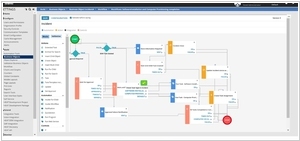Ivanti Neurons vs MaaS360
August 23, 2023 | Author: Michael Stromann
12
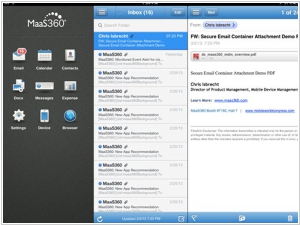
MDM in Minutes: Deploy, Secure and Support Smartphones & Tablets. Every organization needs to see and control the mobile devices entering their enterprise, whether they are provided by the company or part of a Bring Your Own Device (BYOD) program. MaaS360 mobile device management (MDM) is the fastest, most comprehensive way to make that happen.
Ivanti Neurons and MaaS360 are distinct solutions within the realm of IT management and cybersecurity. Ivanti Neurons is recognized for its automation and self-healing capabilities, utilizing AI-driven insights to proactively manage and optimize IT infrastructure. It focuses on enhancing user experience, increasing efficiency, and reducing downtime through intelligent automation. MaaS360, on the other hand, is a mobile device management (MDM) and enterprise mobility management (EMM) solution. It enables organizations to secure and manage mobile devices, applications, and content, ensuring data protection and compliance.
See also: Top 10 MDM software
See also: Top 10 MDM software
Ivanti Neurons vs MaaS360 in our news:
2020. Ivanti has acquired MDM provider MobileIron
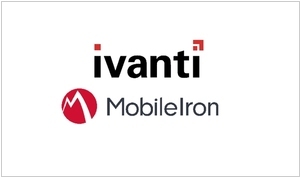
Ivanti, an IT security software company, has successfully completed the acquisition of MobileIron, an Enterprise mobile security firm, at a valuation of $872 million. The MobileIron platform was specifically designed to enhance the security and administration of corporate information in an environment where individuals utilize mobile devices and contemporary endpoints to access cloud data. Established in 2007 by Ajay Mishra and Suresh Batchu, MobileIron introduced the industry's pioneering mobile-centric, zero trust platform grounded in a unified endpoint management (UEM) framework. This distinctive mobile-centric, zero trust methodology from MobileIron guaranteed that solely authorized users, devices, applications, and services had the ability to reach business assets. The company made its initial public offering in 2014, trading on the stock exchange under the symbol MOBL.
2015. MobileIron introduced new Content Security Service for BYOD world
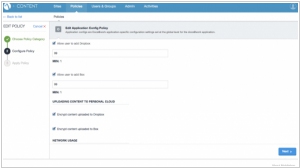
MobileIron has recently introduced its Content Security Service (CSS), which serves as a cloud-based security framework for IT departments. This service enables IT administrators to implement document-level protections across multiple services, even when employees save documents to personal accounts. With CSS, IT administrators can exert control over document security independently from the storage service used. They can set document security measures based on their preferences within a control panel and select the desired services to include. Initially, the service supports popular platforms like Dropbox and Box. The Content Security Service provides robust security measures at various levels. It offers encryption and key management to ensure data protection. It also includes essential data loss prevention (DLP) features such as remote wiping, document expiration controls, and options for saving and sharing. Additionally, an audit trail feature is available to facilitate compliance adherence. Moreover, the service allows for the sharing of encrypted files internally with teams and other employees, enhancing secure collaboration within the organization.
2014. IBM and Apple partner for joint Enterprise push
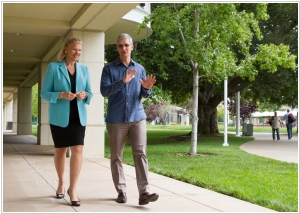
30 years ago, IBM and Apple aspired to dominate the emerging personal computer market but were overshadowed by Microsoft, which monopolized the industry for a significant period. Despite the passage of time, the rivalry persisted. However, a recent development has brought IBM and Apple together in the enterprise mobile market. The evidence can be seen in the photo, depicting Ginny Rometta from IBM and Tim Cook from Apple engaged in discussions, finalizing a collaborative agreement. Under this deal, the companies will jointly enhance IBM MobileFirst, MaaS360, and other IBM business products specifically for iPhones and iPads. They will also market these optimized solutions, along with Apple mobile devices, to IBM's customer base. This strategic move possibly aims to challenge Microsoft as a primary competitor. Consequently, Windows Phone and Surface/Windows 8 may experience a significant decline in their positions within the enterprise sector. However, it is also plausible that Microsoft might once again outmaneuver its rivals. With Satya Nadella as the new CEO, Microsoft has shifted its focus away from platforms and devices, prioritizing cross-platform services instead. Notably, MS Office 365 already functions well on iOS, even better than on Android. Hence, if the share of iOS devices in the enterprise market expands, Microsoft stands to gain increased revenue regardless.

